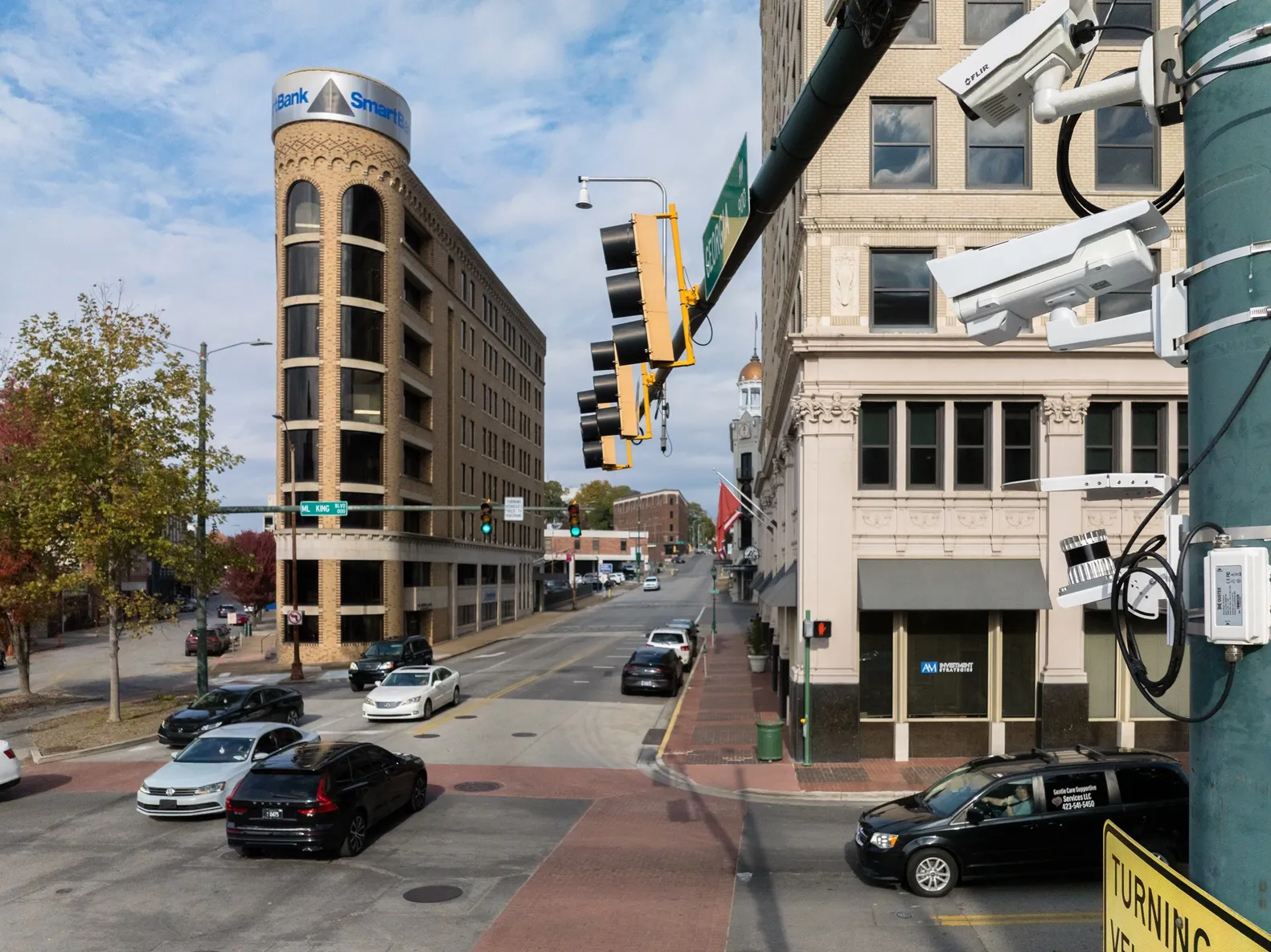UK haulier KBC Logistics, which operates a 120-strong fleet of 44-tonne articulated trucks, has introduced a risk management initiative underpinned by Webfleet, the TomTom Telematics fleet management platform, which it says has helped improve the safety of its drivers by cutting instances of speeding by 95 per cent.
The OptiDrive 360 indicator in Webfleet scores drivers based on a range of key performance indicators and KBC are using daily colour-coded (red, amber, green) reports to help identify areas f
October 23, 2015
Read time: 2 mins
UK haulier KBC Logistics, which operates a 120-strong fleet of 44-tonne articulated trucks, has introduced a risk management initiative underpinned by Webfleet, the 1692 TomTom Telematics fleet management platform, which it says has helped improve the safety of its drivers by cutting instances of speeding by 95 per cent.
The OptiDrive 360 indicator in Webfleet scores drivers based on a range of key performance indicators and KBC are using daily colour-coded (red, amber, green) reports to help identify areas for improvement.
“With Webfleet we have been able to address poor driving performance and improve our safety risk profile by having clear, real-time, insights into our drivers’ behaviour behind the wheel,” said David Ashford, Transport and Compliance manager, KBC Logistics. “In addition to reduced instances of speeding, we have also witnessed a marked reduction in harsh steering and braking.”
The company has also seen a significant uplift in productivity, using Webfleet to increase the average number of daily journeys from around 100 to 150, peaking at 170 trips per day.
“With a rapidly expanding vehicle fleet we needed a system that could give us clear fleet visibility to help us optimise operational efficiency and meet strict customer ETAs,” added Ashford. “Webfleet’s accurate ETAs, based on highly accurate traffic and historic road use data, enable us to better plan and complete follow-up jobs. By adding destination addresses to orders and sending all job details to drivers’ in-cab terminals, we can also save time by automatically routing them to customers.”
The OptiDrive 360 indicator in Webfleet scores drivers based on a range of key performance indicators and KBC are using daily colour-coded (red, amber, green) reports to help identify areas for improvement.
“With Webfleet we have been able to address poor driving performance and improve our safety risk profile by having clear, real-time, insights into our drivers’ behaviour behind the wheel,” said David Ashford, Transport and Compliance manager, KBC Logistics. “In addition to reduced instances of speeding, we have also witnessed a marked reduction in harsh steering and braking.”
The company has also seen a significant uplift in productivity, using Webfleet to increase the average number of daily journeys from around 100 to 150, peaking at 170 trips per day.
“With a rapidly expanding vehicle fleet we needed a system that could give us clear fleet visibility to help us optimise operational efficiency and meet strict customer ETAs,” added Ashford. “Webfleet’s accurate ETAs, based on highly accurate traffic and historic road use data, enable us to better plan and complete follow-up jobs. By adding destination addresses to orders and sending all job details to drivers’ in-cab terminals, we can also save time by automatically routing them to customers.”









